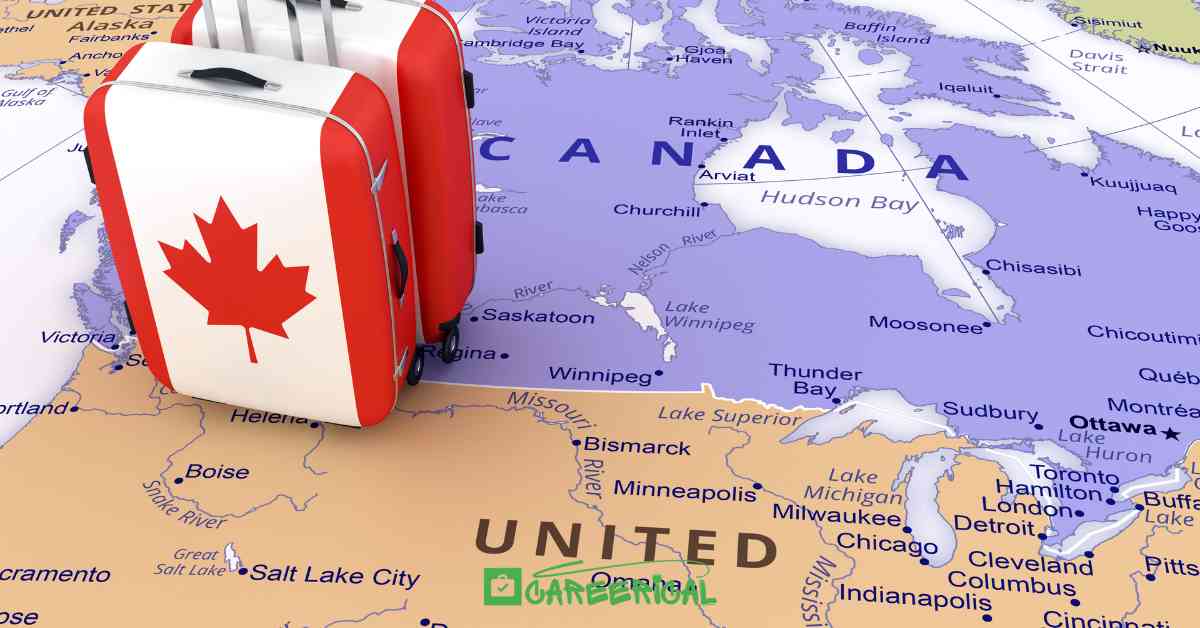🇨🇦 Canada’s 2025 Immigration Plan Explained: Lower Targets, New Rules & What Applicants Must Know
Canada continues to welcome immigrants, but in 2025, the approach is shifting. According to the government’s updated Immigration Levels Plan, more than 1 million newcomers will be admitted through both temporary and permanent programs. However, for the first time, the plan also introduces controlled intake targets to manage growth and support long-term sustainability.
If you’re considering moving to Canada as a worker, student, or permanent resident, it’s critical to understand what’s changed and how it affects your application strategy.
Canada’s 2025 Immigration Targets: Key Numbers
The Canadian government is setting lower intake goals for 2025. Here’s a breakdown of the targets and how they compare to 2024:
| Category | Target for 2025 | Change from 2024 |
|---|---|---|
| Permanent Residents | 395,000 | ↓ 21% |
| International Students | 305,900 | ↓ 10% |
| Temporary Foreign Workers | 367,750 | ↓ 16% |
➡️ Total newcomers (temporary + permanent): Approx. 1.07 million
Why Is Canada Reducing Immigration in 2025?
Canada isn’t closing its doors. Instead, it’s adjusting immigration policies to ensure growth is balanced with infrastructure and economic needs. Here’s why the shift is happening:
- Rapid population growth is straining housing, healthcare, and public services
- Major cities are facing housing affordability issues
- The government aims to better manage resource allocation
- There’s a goal to reduce the temporary resident population to 5% of Canada’s total population by the end of 2026
What These Changes Mean for Immigrants
Stricter Competition for Permanent Residency
With the number of permanent residents dropping by 21%, competition will be tighter. Stronger applications that align with Canada’s workforce needs will have a better chance of success.
Temporary Residents Have the Upper Hand
Over 40% of new PRs in 2025 will be people already living in Canada as temporary residents—like students, workers, or caregivers. Being in Canada gives you a significant edge when applying for permanent residency.
Recommended for you: Canada Work Permit Without Employer Sponsorship 2025: How to Obtain it
PR Focus on High-Demand Sectors
Canada is prioritizing immigration in critical sectors. Around 60% of PR spots in 2025 will go to skilled professionals in:
- Healthcare
- Engineering and IT
- Construction
- Transportation and logistics
- Agriculture and food services
French-Speaking Applicants Get a Boost
To support Francophone communities outside Quebec, 8.5% of PR spots are reserved for French-speaking applicants. If you speak French, you’ll have an added advantage in the selection process.
Changes for Temporary Residents in 2025
Planning to apply for a study or work permit? Take note of the new guidelines below.
International Students
- The target has been reduced to 305,900
- Canada is linking student permit approvals to housing availability
- Provinces may introduce attestation letters or caps for certain institutions
Temporary Foreign Workers
- Intake target set at 367,750
- Programs affected: Temporary Foreign Worker Program (TFWP) and International Mobility Program (IMP)
- Priority will be given to applicants filling critical labour shortages
- Permit extensions or status changes from inside Canada won’t count toward these new limits
Will Visa Processing Times Be Affected?
Canada still aims to process 80% of applications within standard timelines, but reduced quotas could lead to longer waits, especially for:
- High-volume categories
- Applications missing documentation
- Cases requiring additional review
To improve efficiency, Immigration, Refugees and Citizenship Canada (IRCC) is expanding its use of digital platforms and AI tools. However, applying early and ensuring accuracy remains crucial.
What to Expect in 2026 and Beyond
Looking ahead, Canada’s long-term immigration strategy includes:
- Reducing the temporary resident population to 5% of the total population
- Increasing focus on regional and linguistic diversity
- Aligning immigration with infrastructure and housing development plans
If you plan to move to Canada in 2026 or later, especially as a temporary resident, it’s best to begin your preparation now.
Read the full official report here:
👉 https://www.canada.ca/en/immigration-refugees-citizenship/corporate/mandate/corporate-initiatives/levels.html
More Opportunities:


2 comments